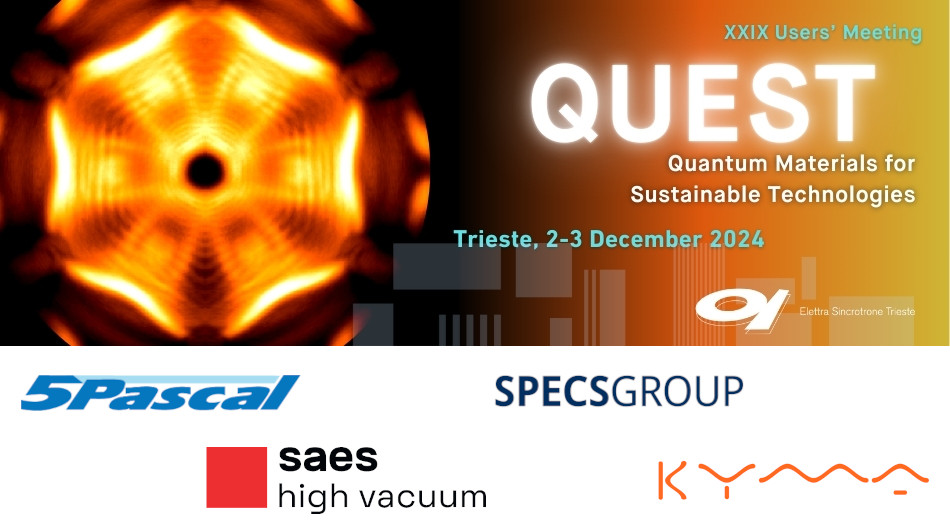Speaker
Description
Large gap atomic quantum spin Hall insulators (QSHIs) grown epitaxially on SiC(0001) are promising candidates for spintronics at room temperature. The newly discovered QSHI indenene, a triangular monolayer of indium, exhibits a 120 meV gap and substrate-matched monodomainic growth yielding high quality films on the technologically relevant 𝜇m scale. Orbital interference on the lattice triangle produces a honeycomb connectivity that is reminiscent of graphene, and a characteristic energy staggering of its orbital angular momentum (OAM) polarized Dirac states that can be experimentally probed by scanning tunneling (STS) and dichroic angle-resolved photoelectron spectroscopy (CD-ARPES). While pristine indenene is unstable in air, which destroys the system along with its topological character, indenene intercalation into epitaxial graphene offers effective protection from the oxidizing environment and fully conserves its topological character. This opens an unprecedented realm of experimental opportunities for ex-situ experiments, and brings the QSHI indenene one step closer towards actual devices.

